At the end of 2024, 23-year-old Ani Shahverdyan opened her studio called StudioKerani in Yerevan where she creates and sells modern-style ceramic dishware inspired by ancient Armenian culture.
Mediamax visited Ani’s studio to reflect on her work and ideas about art.
Hazardous, but cherished profession
“On the whole, ceramics is hazardous to health,” says Ani Shahverdyan, while working the clay, using a less harmful method.
Ani is from Stepanakert. When it came down to choosing a profession, she decided to apply to the Ceramics Department of the Faculty of Applied Fine Arts of the State Academy of Fine Arts of Armenia, since it was the closest to her passion: jewelry design. While studying at the Academy, she often went back home to Artsakh. But the last time she was there was in October 2022; first the blockade happened, then the forced displacement.

Photo: Mediamax
When Ani was in her third year, she went on an exchange program to Saint Petersburg Stieglitz State Academy of Art and Design. In 2024, she joined an art residency program in Portugal for three months.

Photo: Mediamax
Parallel to her work, Ani continues to deepen her knowledge of art, studying at the Art Criticism and Cultural Studies School at the Institute of Contemporary Art.
Work to create art
For a long time now, Ani has been putting off the idea of selling her art and starting her own business as she only wanted to create art rather than sell it. “But then there came a point when I realized that in order create I had to work on the side,” the young artist says with a smile on her face.
To open her studio Ani applied to Artbox, Creative Armenia’s signature program, designed to incubate and accelerate creative projects. After attending classes, she applied for a grant offered by the program, thanks to which she began setting up her studio.

Photo: Mediamax
“It was a time-consuming process. The hardest thing was to find a suitable studio space in Yerevan, since they are very expensive. My studio used to be a house where people lived, which they decided to rent out so they could move to Russia. So, I got it at a reasonable price. Then I started renovating it,” says Ani.
Faces peering out of tombstones
Ani’s father worked in the field of cultural protection and constantly traveled around Artsakh, participating in archaeological excavations, and Ani often tagged along, sometimes participating in them.

Photo: Mediamax
Today, Ani's works are inspired by sculptures from both the pre-Christian and Christian periods, as well as by the patterns and stories carved on various monuments.
In Ani's studio, one can find depictions of people carved into ancient Armenian tombstones, minimalist and modern.

Photo: Mediamax
“This first collection of dishware is about dance: girls dancing Ververi (Armenian Taproot dance). I’m currently working on the second collection, which will be dedicated to carpets. I really enjoy using beautiful dishware while eating and I want to spread that beautiful culture,” says Ani.
Showing Armenia on the Map
White clay dogs are lined up next to aesthetic dishware in the studio, a unique reflection of Ani’s childhood. “I have always dreamed of having a dog, so I made this one, called Natasha, and the colors are inspired by my childhood pictures,” says Ani.
One of the other projects in the studio is carried out using a unique technique that Ani learned in Portugal.
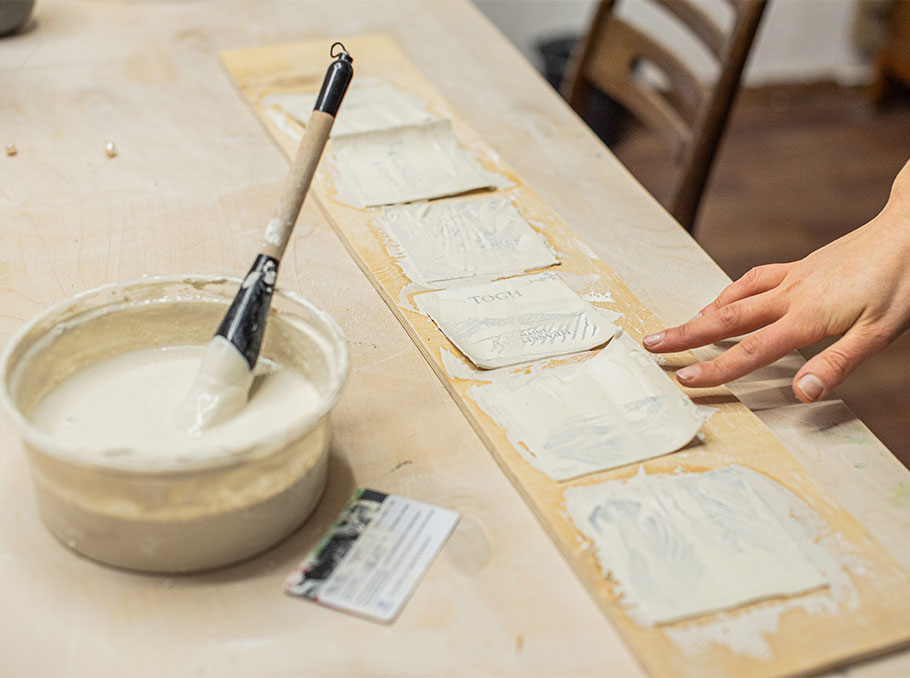
Photo: Mediamax
“I coat the paper with wet clay on both sides to create a solid layer. When fired, the paper burns away, leaving behind a very thin layer of porcelain which will later turn into ghost houses like the destroyed houses of Stepanakert. With this project I want to draw attention to the gross violation of the right to return home,” says the young artist.
She plans to showcase this project at an international exhibition and continue to tell about Armenia through her art. Based on her previous experience of participating in exhibitions, Ani admits that it is very difficult to talk about Armenia abroad.
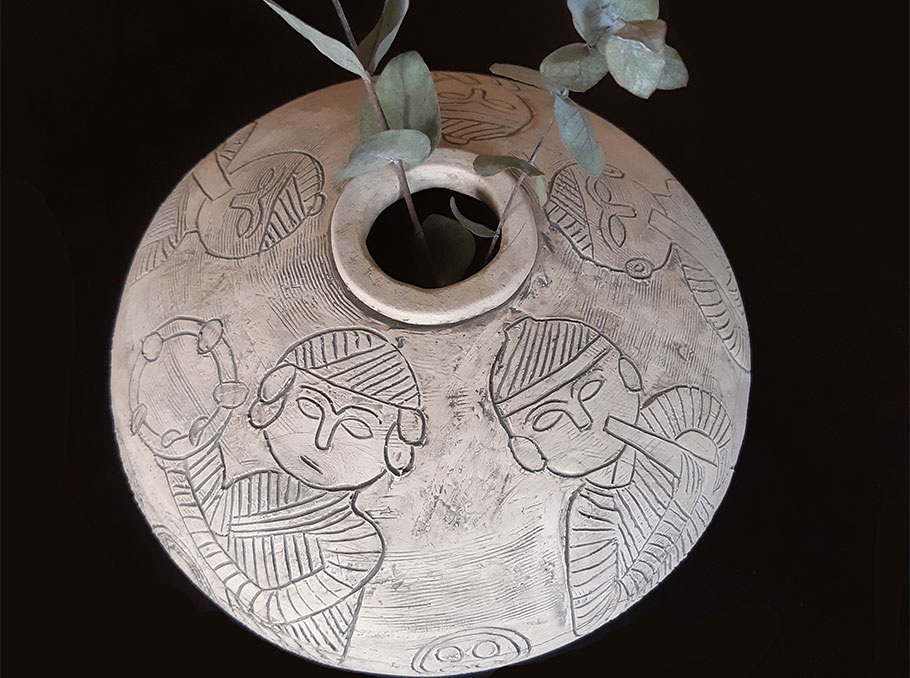
Photo: Photo: from Ani's personal archive
“In many parts of the world, people have never even heard of Armenia. My biggest goal is to show that we exist and that we will not be forgotten, especially in these difficult times, because even if we were to be wiped out now no one would know,” says Ani.

Photo: Photo: from Ani's personal archive
Art and politics
Ani’s works are often dedicated to politics. The main topic is Artsakh, but she also has works dedicated to Armenian politics and wars in general.
The works created during the blockade, the white earthenware vases, are inspired by sisterly longing, when the two sisters, Ani and Lilit, studying in Yerevan, were unable to go home to meet their older sister, Nina.
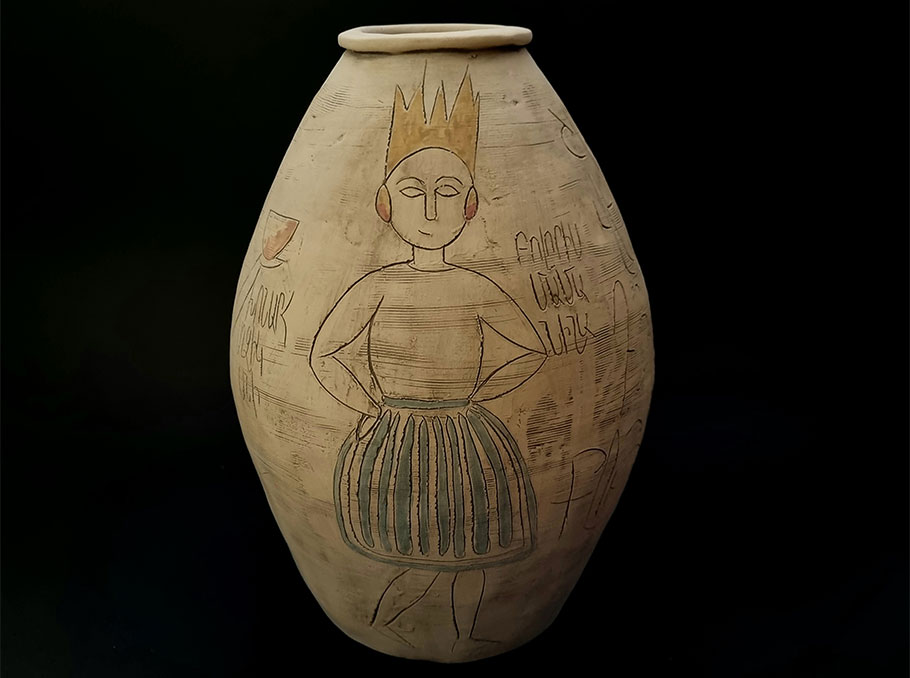
Photo: Photo: from Ani's personal archive
One of Ani’s latest works is about lost childhood and is dedicated to all children affected by wars.

Photo: Photo: from Ani's personal archive
With her works, Ani shows that artists should respond to the events of socio-political life. “There are many artists around me who say they are apolitical and create on their own island. I do not understand this, my position on this issue is clear. Artists should be the first to respond to political events,” says Ani.
In an effort to improve her artistic knowledge and skills, the young artist wants to expand the experience of her Portuguese art residency and participate in similar programs in other countries. However, she will continue to live and create in Armenia.
“Artists are free to develop their art in Armenia, as no one even pays attention to us. On the one hand, this is a sad reality, but on the other one, you are completely free to create,” Ani Shahverdyan concludes.
Gaiane Yenokyan









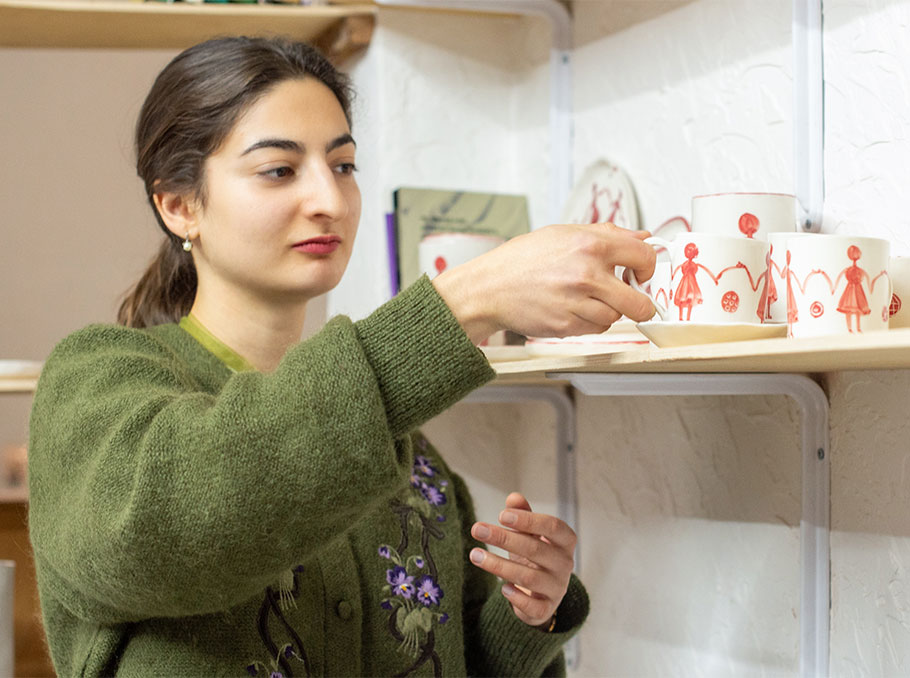
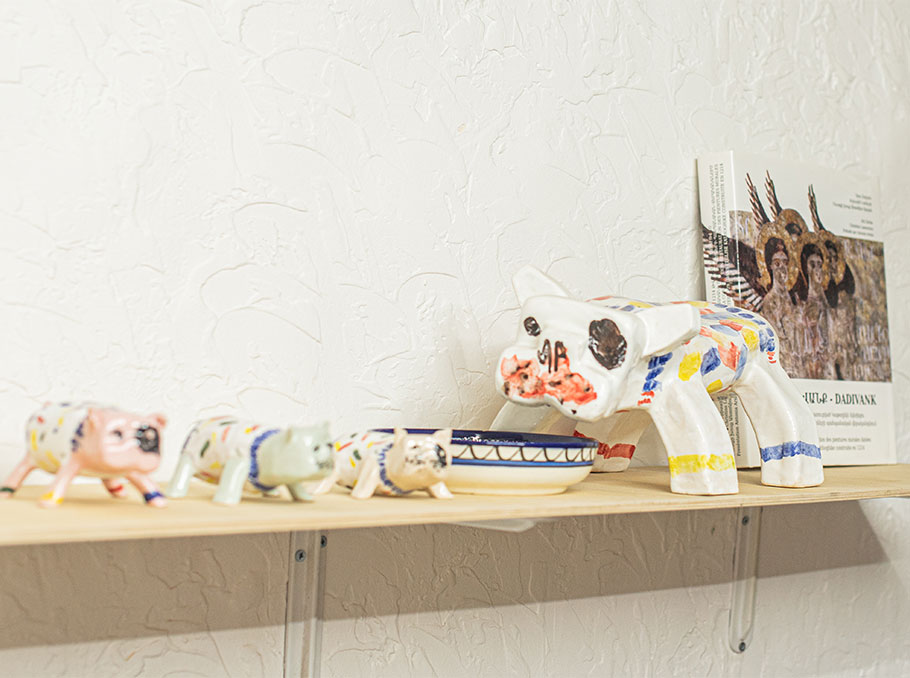
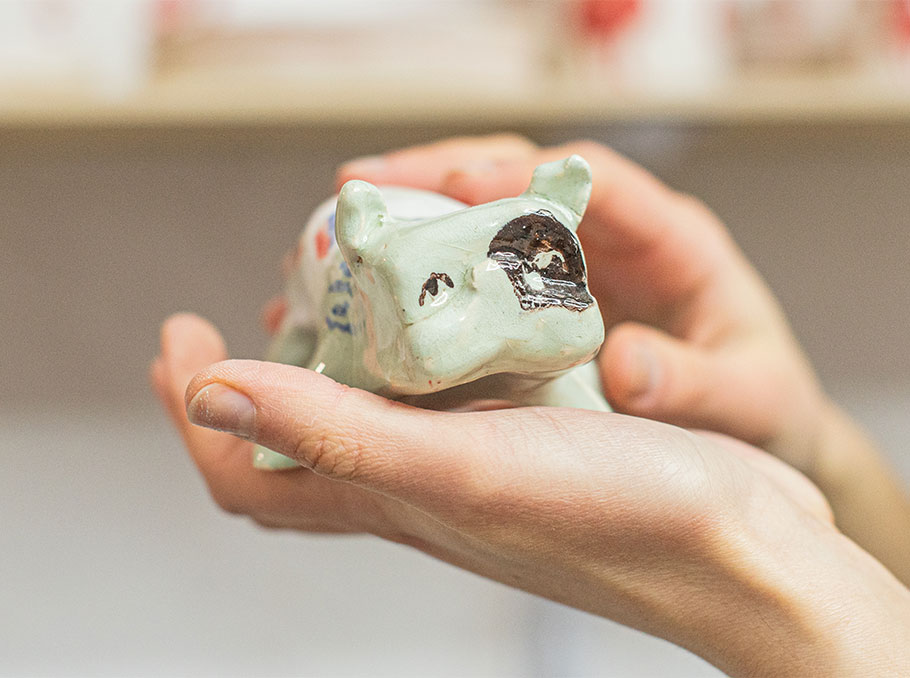

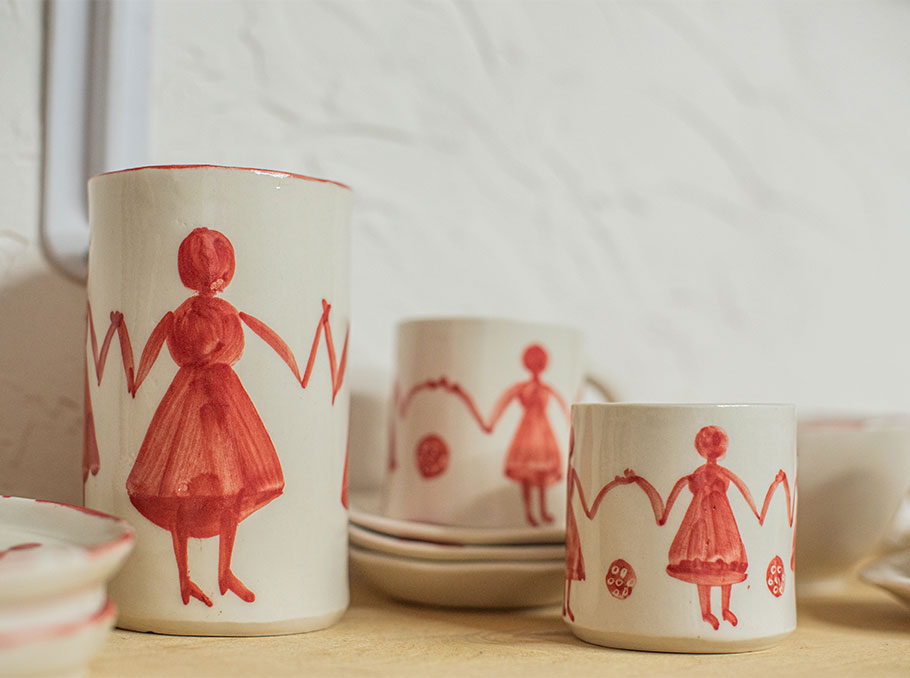

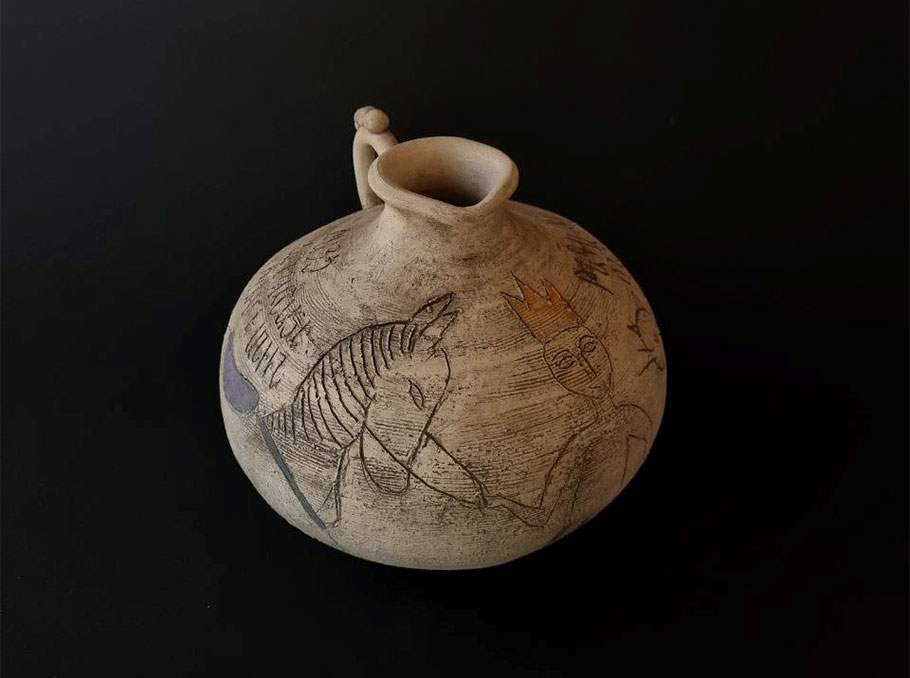








Comments
Dear visitors, You can place your opinion on the material using your Facebook account. Please, be polite and follow our simple rules: you are not allowed to make off - topic comments, place advertisements, use abusive and filthy language. The editorial staff reserves the right to moderate and delete comments in case of breach of the rules.